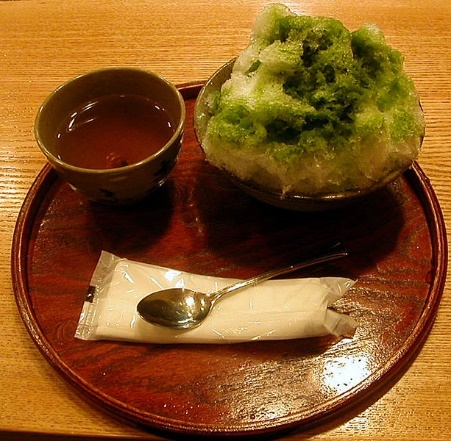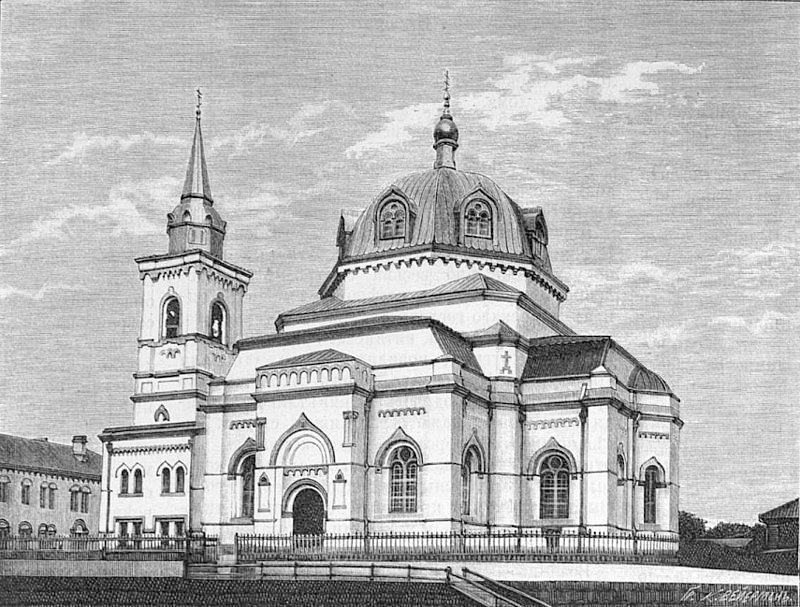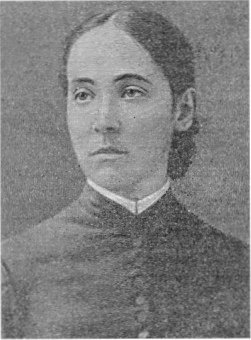
Social Relations
Hakodateya – Hakodate House
Activities
After a brief stay in one of Tokyo’s hotels, from mid-January 1906 Bronisław Piłsudski already lived in the Hakodateya Guesthouse in Tokyo, a very interesting place. The very name – Hakodate House – brings to mind the city where Piłsudski stayed twice during his visit in Hokkaido, and for good reason. Its owner was Taizō Shin, with ties to the Enomoto family, who fought in the battles taking place during the period of Japan’s political breakthrough in the late 19th century, on the side that lost, the Shogunate. After the fighting ended, Shin moved to Tokyo, where he opened a store selling Hokkaido specialties: natural ice and dairy products, which were rare in Japan at the time. Natural ice, shaved and served in bowls with juice poured on top of it, continues to this day to be a traditional treat during hot summers. Perhaps Piłsudski, who lived above the fashionable ice parlor until the hot month of July, also tried this delicacy.

Shin soon began making Western-style ice cream, which even made its way to the imperial court, and opened one of the first European-style establishments with a bar that became a fashionable meeting place for the capital’s intellectual and political elite. Even the well-known aristocrat and politician, Kinmochi Saionji, who became Japan’s prime minister and later attended in the 1919 Peace Conference in Paris, was dropping by the Hakodate House, but probably not while Piłsudski was there, because in 1906 he was the prime minister.
On the second floor were the rooms of the guesthouse where Piłsudski lived

Two photographs have been preserved, most likely of the room occupied by Piłsudski, where he received his guests on different days. It was clearly a Japanese-style room, where one had to sleep and sit on mats, and the bedding was put in closets behind sliding walls. As one can see, Piłsudski had books in his room.
One photo shows two Japanese women in traditional costumes, while the other shows men. It is difficult now to determine who is in these commemorative photos: feel free to do your own research!



The Hakodate House was a well-known place and Tekkan Yosano, an acclaimed poet at that time, dedicated a short poem to it. In the poem, he compared the premises to a beehive where guests are like bees, flocking from everywhere to bring their honey – news from the world – to cells, the shelves inside the building. In fact, Russian emigrants, political refugees from Korea and China, and the Japanese literary elite met there. The guesthouse was recommended to Piłsudski by his friend and renowned writer Shimei Futabatei.
In July 1906, Piłsudski left Tokyo and went to Nagasaki, where he stayed at the Chikatomo Shiga’s house in the Inasa District. Shiga had previously been a participant in a number of Japanese-Russian negotiations that began back in the Meiji period, i.e. in the last three decades of the 19th century, and at the turn of the century. By departing from Nagasaki on 30 July on the ship “Dakota”, Piłsudski finally left Japan.




